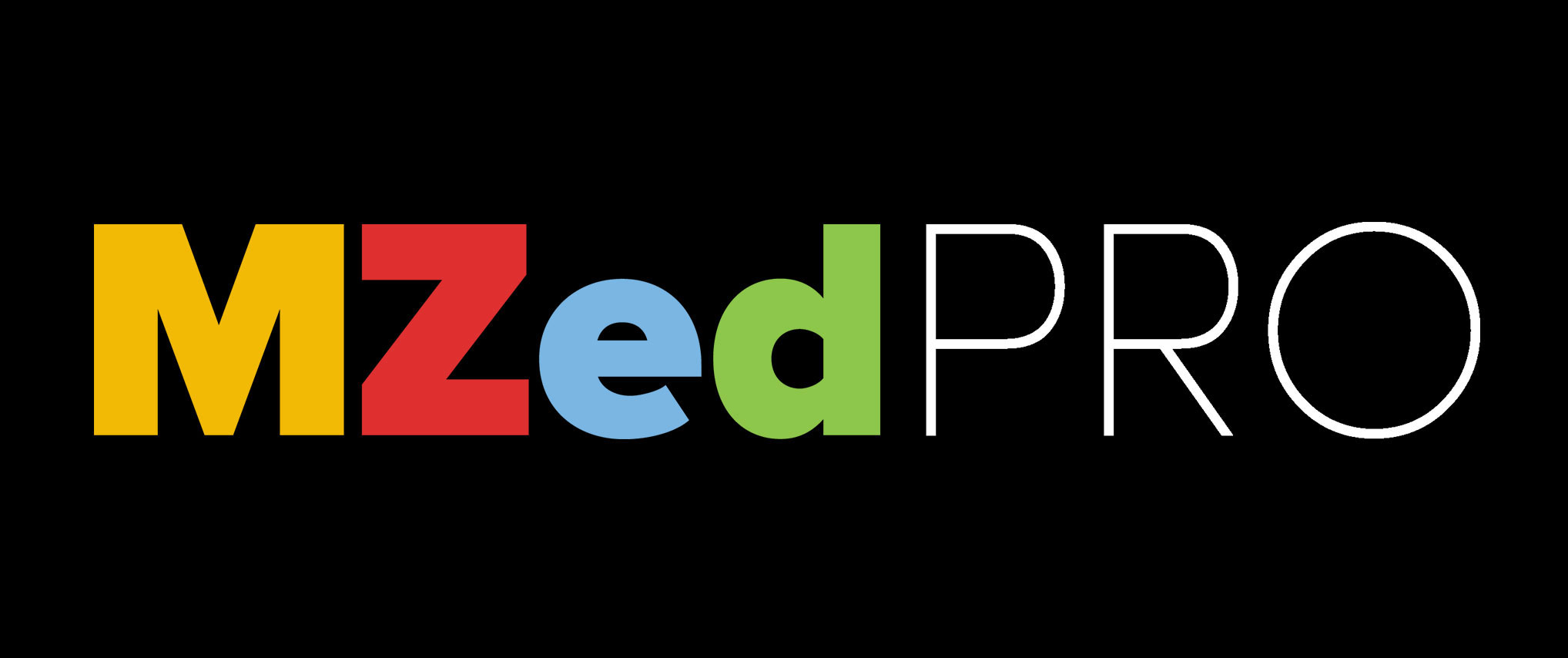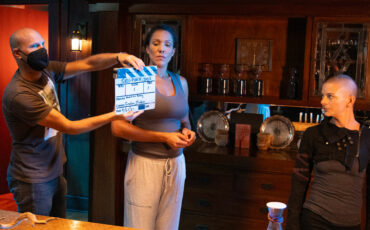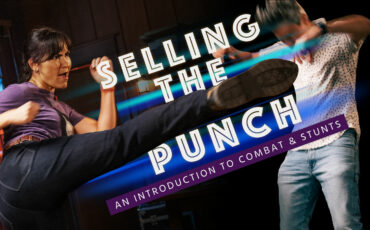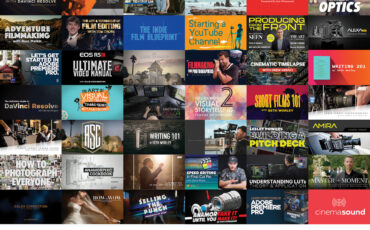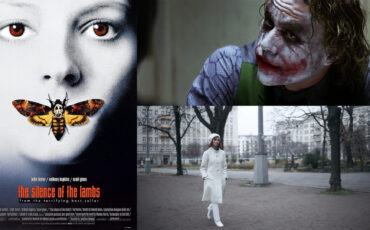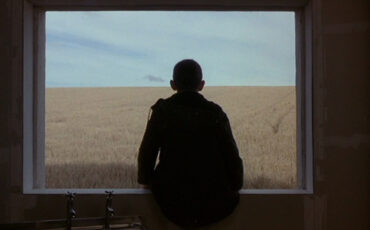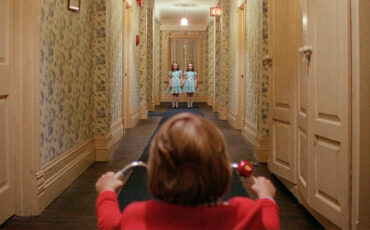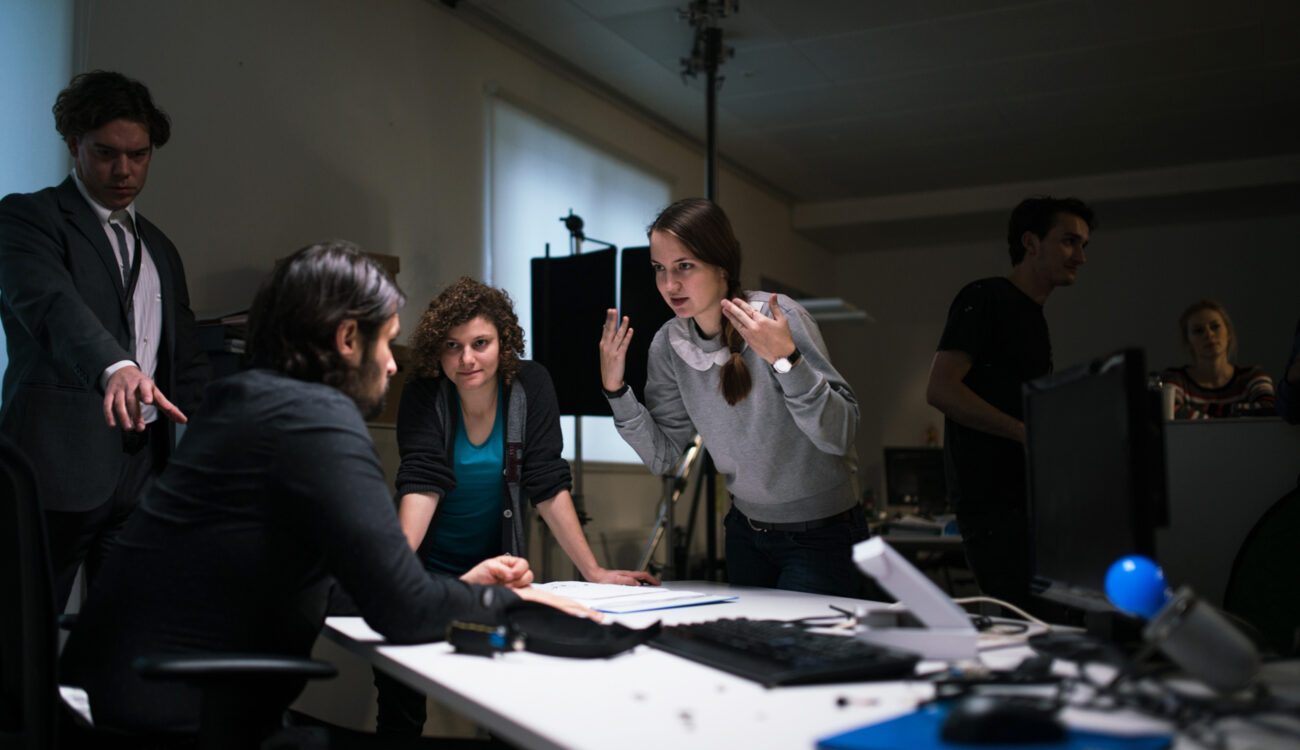
Let’s get it straight: I’m a huge fan of rehearsals. Whether you make feature films, music videos, or even commercials, as long as you work with real people – you will need them. Rehearsals aren’t just fun and games, they are a great place for troubleshooting. If the scene doesn’t work on set, you’re doomed. If it doesn’t work in prep, there are countless ways to fix it. Naturally, no article could ever cover all acting techniques and directing styles. (It takes years of education and experience to acquire them). However, we decided to gather some simple tips and exercises directors use while rehearsing with actors. They can come in handy, especially if you get stuck or need to figure out why a particular performance doesn’t feel right.
The first and the most important piece of advice goes like this: Create a safe environment. That’s how a rehearsing process (or, in fact, any collaboration with actors) should ideally begin. You will see this tip everywhere: in textbooks, in film schools, and the depths of your common sense. In the MZed course “Short Films 101”, seasoned video creator Seth Worley reminds us of a simple yet essential truth:
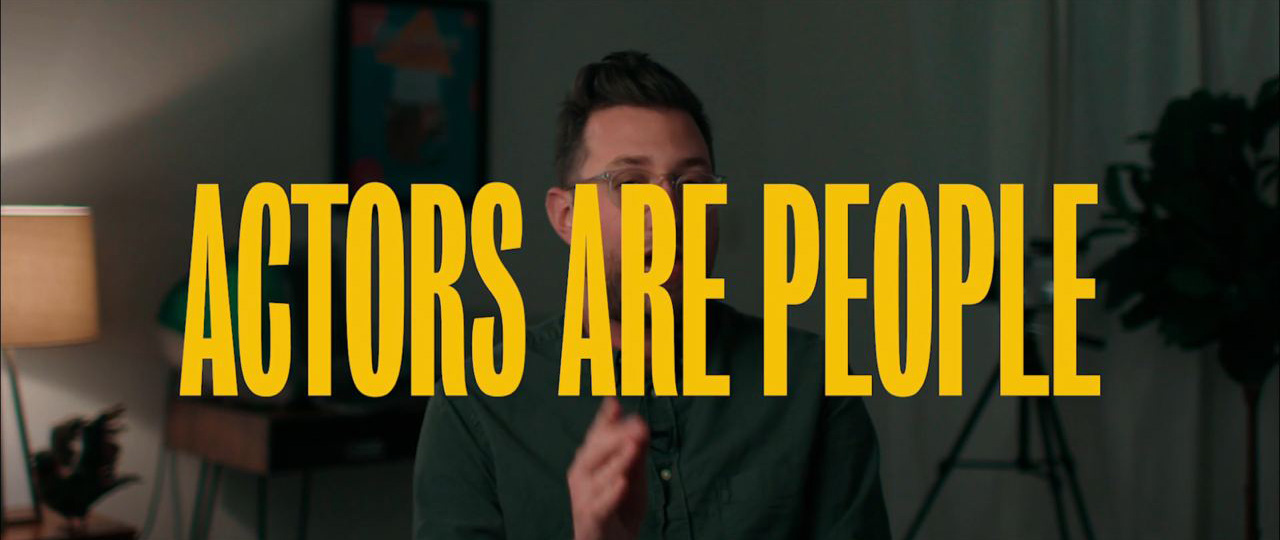
That’s why as a director, you should work with your actors the same way you would want to be worked with, considering their specific situation. But what exactly is their situation?
Short Films 101
Why is a safe environment crucial?
When you think about it, being an actor is a highly demanding, very exciting, and extremely vulnerable job. You get to tear your soul apart in front of (sometimes) complete strangers, who stop doing their work and watch you with full-on attention until everyone hears “Cut!” Take after take after take. No wonder it can be embarrassing and terrifying, especially during first rehearsals, when the director and actor have yet to bond.
That’s why as a person in charge, it’s your task to create an environment where performers feel safe. First, erase all expectations.
There is one very powerful message that you are sending to everyone. And that is: “This is the way we are going to work throughout the process. Exploration. From the first reading to the final take. There is no ideal performance. There is no perfect reading or interpretation. There is only exploration and discovery.”
From the book “The Film Director’s Bag of Tricks”
Remember that no actor intentionally gives a poor reading or performance. They are professionals who want to do the best job they can, based on the information and direction they get. So, thank them for the effort, show them gratitude, avoid criticism, and stand up for them if someone else decides to give notes. (In an ideal world, though, no one except for the director should be allowed to do so). If you succeed, this safe place will become an environment where actors are open, emotionally available, and feel free to be expressive. And that’s exactly what we need during rehearsals! Why? Let’s see.
What is rehearsing with actors good for?
According to Rubidium Wu – a filmmaker and author of the MZed course: “The Indie Film Blueprint” – rehearsals should be a time to experiment and let go. At this stage, the actors and the director are only beginning to know the characters. They discuss scenes, they go through the dialogue reading, and they try to find the right energy for each moment. Your film world is still young and offers so many possibilities!
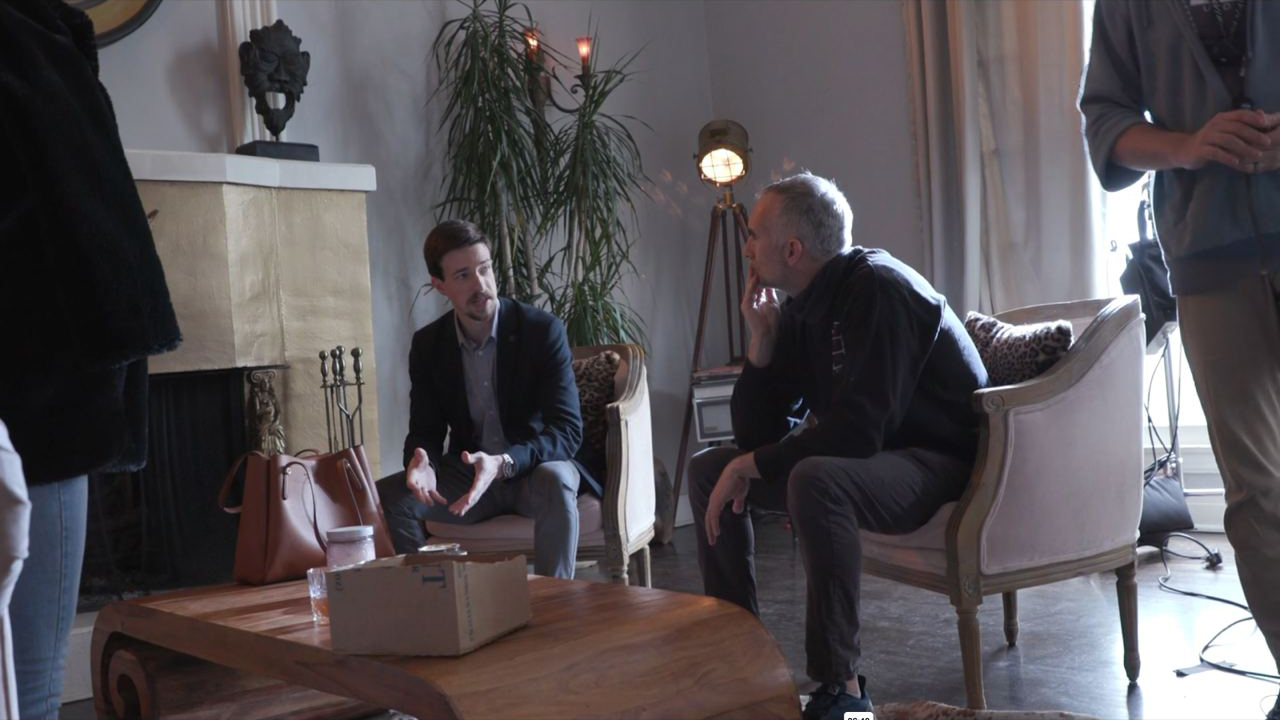
While rehearsing, you discover new and interesting ways to build a particular scene, as well as pain points that don’t work as you imagined them. Remember we talked about troubleshooting?
The thing is, we can’t afford to deal with it on set. Just imagine dozens of people standing around, the first AD looking nervously at their watch, and the perfect sunlight slowly disappearing behind the horizon, while you and your actors try to figure out why something feels wrong. I can’t think of anyone who enjoys situations like this.
That’s why Rubium’s main tip for rehearsing with actors is always to watch out for lines that don’t ring true, and for actions that strike you as artificial. Does something feel off? Then it’s time to dig deeper and dive into the realm of subtext.
Tricks for working with subtext
Oh yes, the mighty subtext! We already talked about it once but from the perspective of cinematography and direction. However, it is also something that underlies every word we as humans say, and every action we take. In rehearsal, it’s essential for you and the actors to meticulously nail down each part of the scene by clearly expressing the objectives, actions, or achievements the characters aim for at each given moment.
Each line, each look or glance, and each action must have a defined objective; the actor must know to whom it is addressed and whether his needs are met or not. Each definition should contain (a) a first-person active (not passive) verb, (b) a person (or thing) acted upon, and (c) an intended effect that will either be fulfilled or not.
From the book “Directing: Film Techniques and Aesthetics”
An example of such a subtext definition could be: “I mock Evan to take him down a few notches.” At the same time, you can try something even simpler and shorter. What would the character really say in this situation, but for some reason can’t or won’t? Maybe “Please, listen to me” or “I’m so scared of how you will react”?
Now that you’ve established the subtext, let’s try an easy yet effective exercise. Ask your actors to read the dialogue again but with subtext interjection. They should pick one subtext line for the scene and say it out loud at the end of each speech they make. Trust me, that will change a lot! Speaking and hearing the subtext that we normally hide within ourselves will have an unavoidable impact on acting.
You can also try different variations of this exercise. For instance, re-read the scene but change the subtext lines, or let actors decide at each given moment what interjection comes to their mind. Generally, working with subtext is a great tool in directing. It allows you to easily tweak something by suggesting a different one, like: “Try closing the door on him with finality rather than regret.” We’ll talk more about choosing your words below.
When one particular line doesn’t work
Let’s say you worked with subtext and tried different exercises, yet one stubborn line or action repeatedly does not ring true. Don’t worry, there is a tip that can help. Textbooks call it “spot-check”, and it goes like this. Stop a reading or a rehearsal at the problem point and ask each actor what their character’s thoughts, fears, and mental images were at that moment.
While you listen to the answers, make some notes. Were there any misconceptions? Did someone try to force an emotion that is not in the subtext? Could the issue be attributed to a lack of focus? Discuss all this with your actors and try the scene again. Normally, this trick should help – at least to understand what the issue is.
Changing the rhythm and energy in a dialogue
Sometimes, all the lines and expressions are genuine, but the scene’s energy seems sucked into the void. This happens particularly often with dialogue. Do you know why? Because humans evade discomfort through any available means. The concept of cuing involves actors waiting until their partner has finished speaking before delivering their lines.
Yet, in real life, we don’t talk like this. We clip and overlap each other all the time! I do understand that it’s a horror for editors and that a lot of dynamics can be added in the final cut. However, to feel this energy, you will need to ignite it in the actors first. For example, look at how a heated discussion in an episode of “The Bear” evolves:
We wrote about the editing of this show here, and I’m pretty sure they had to deal with dialogue overlapping all the time. But look at how much rhythm and energy this kind of scene has! What an authentic effect it creates!
It’s okay if you don’t want to deliver an extra headache to your editor, but do give this a try during rehearsals when the scene’s energy doesn’t work correctly. There is an exercise called “Pause and Clip”. At first, you can ask one of your actors to silently count to five after their colleague has finished their line and before they say theirs. No emotion is inserted into the scene, merely the pause, yet it will affect both of the actors profoundly. They are going to deal with expectations (that the answer comes straightaway) and a natural desire to respond immediately. And boy, it plays with your head!
Another way to create an interesting shift in dynamics is to break the cuing rule. Ask the actors to clip off the last two or three words of each line their partner says. Then watch the scene and enjoy how it gains an impatient and even aggressive power.
Adding actions at beat points when rehearsing with actors
Sometimes a scene may feel monotonous because actors perform it with the correct ideas in mind but way too generally. What you need to do is to set focus on each of the beats. One trick that helps is adding specific actions.
It’s your call: Either discuss with the actors what their character can physically do on turning points (rashly standing up, slamming the table, drinking a sip), or insert an activity artificially by yourself. For example, you can ask the actress to stop washing dishes when she hears a particular line of dialogue. Or direct someone to change their position in the room at a significant moment. Then go through the scene multiple times and watch how the added beats change the performance. It doesn’t mean that these actions should stay fixed for the shoot, although some of them might. However, primarily, they are your means to find the scene’s rhythm and let the actors feel it.
Your wording matters
Even during rehearsals, you should be attentive to how you give your directions. Rubidium Wu recommends using the following phrasing in his lesson: “Hey, can we try it like this?” As he explains, it is a suggestion, not a demand. A question posed like this takes the pressure off the actor to try and achieve a result that you have in your head.
Another good piece of advice comes from Seth Worley. He reminds us that it’s always better to opt for action verbs instead of adjectives.
“Intimidate her” is a much more actionable direction than “let’s go scarier”.
A quote by Seth Worley from his course “Short Films 101”
Sometimes, less is more. You don’t need to hold an endless speech explaining the whole emotional situation if you only want to build urgency into the actor’s intentions. A simple sentence will suffice. For example, the one that Gary Oldman recalls as a brilliant piece of directing from Christopher Nolan:
What to watch out for while rehearsing an action scene
Last but not least, let’s talk about rehearsing action and combat scenes because they include a lot of special aspects. In our “Selling the Punch” course on MZed.com, stunt coordinator America Young shares her insights into this process.
One of the major ones is to keep your head open to new ideas. Sure, sometimes you already have the whole choreography meticulously planned. Still, put it aside when you come to a rehearsal. Talk to your performers, go through a scene together, and ask them what they would do in a particular moment. After all, they are right in the middle of it (fight, combat, stunt) and might instinctively have an action you hadn’t considered.
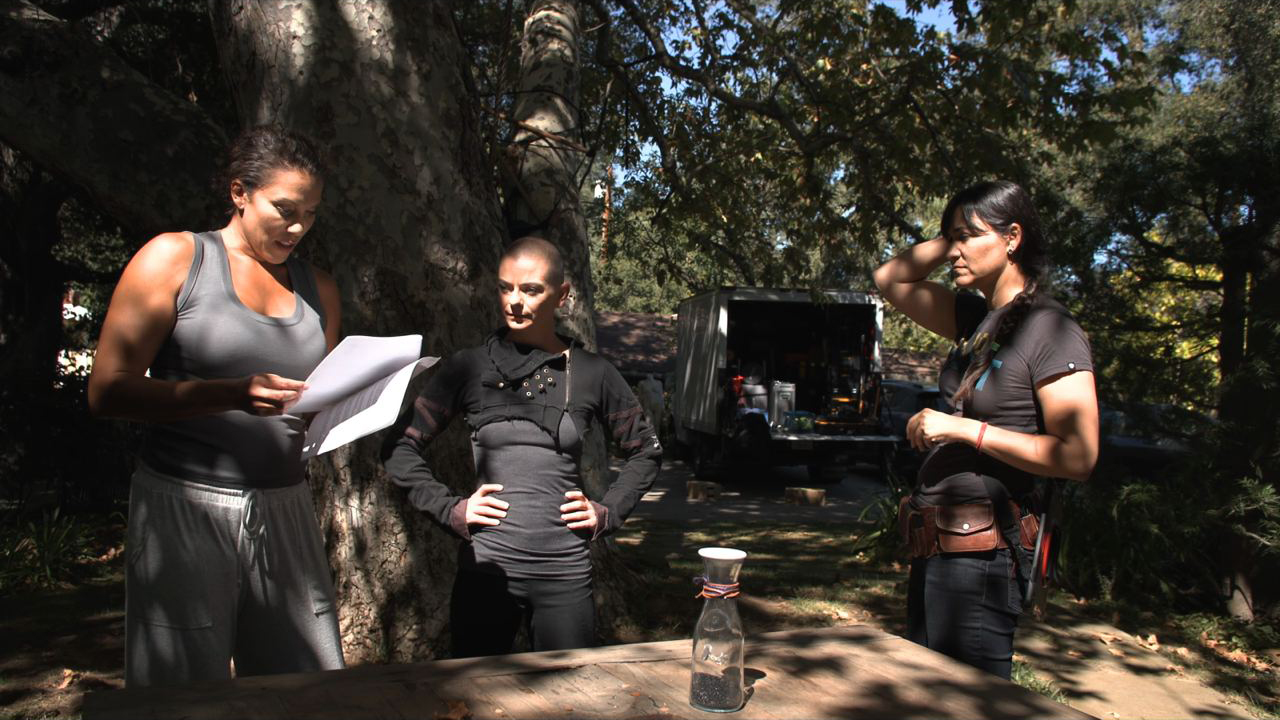
Images source: MZed 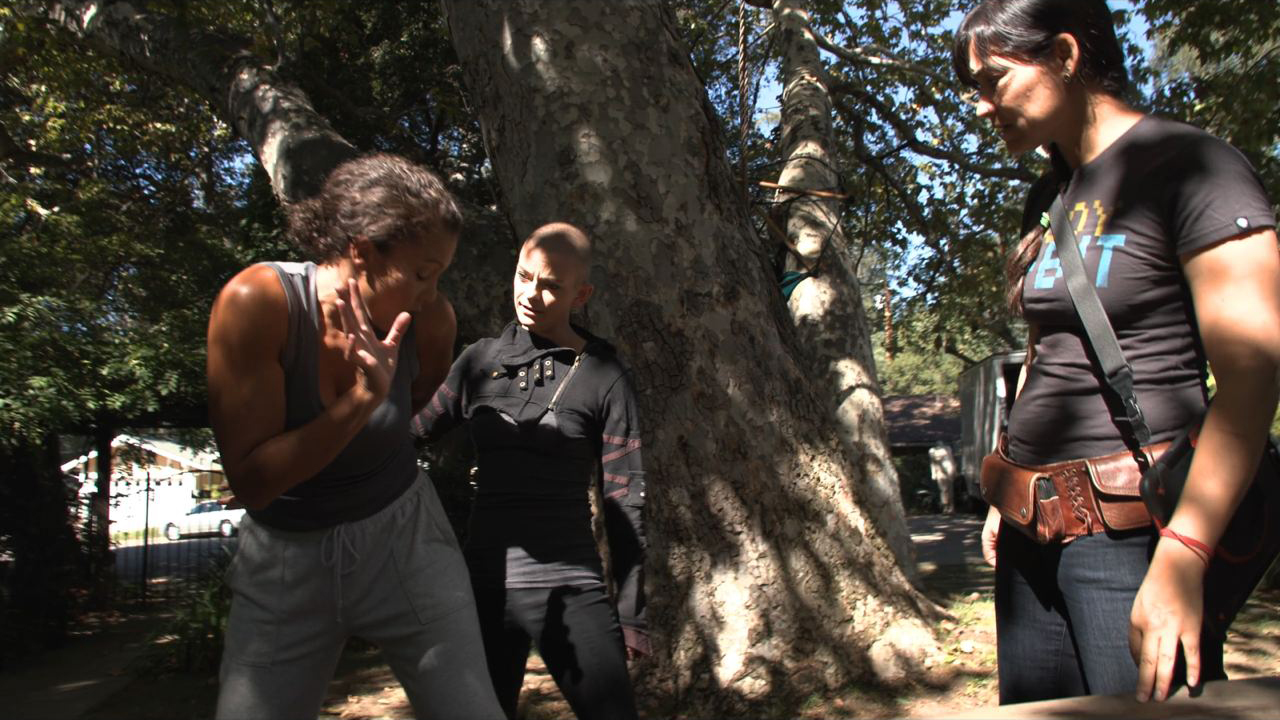
For example, while rehearsing with actors for a short film, America realized how their height difference could contribute to the scene. Together, they developed a choreography for the fight that flowed more naturally and took into account both a performer’s strong and weak sides. It changed the initial plan, sure, but at the same time, it made it better.
Also, due to safety reasons, it’s especially important to listen to the feedback of your stunt people. We have a thorough guide on this topic here.
Other quick exercises
Of course, there are numerous other tips and exercises that you can try during your rehearsals. A lot of them are quick, easy, and reasonable. For instance, if one of your actors is under an emotional constraint, let them release it. Say: “Give me too much!” and grant them temporarily your full permission to overact. Often exaggeration alone clears a blockade.
Another quick exercise is to change the position of your performers in place. Let them continue the dialogue, but stand with their backs to each other. Have one speak while the other is turned away. Experiment and observe how the energy of the acting changes.
What about you? If you work a lot with actors, what are your go-to exercises? How do you like to approach the rehearsal process? Let’s share some other tips with fellow filmmakers in the comment section below!
Full disclosure: MZed is owned by CineD
Additional sources:
- “Directing: Film Techniques and Aesthetics” by Michael Rabiger, 2008
- “The Film Director’s Bag of Tricks” by Mark W. Travis, 2011
Feature image source: Mascha Deikova



